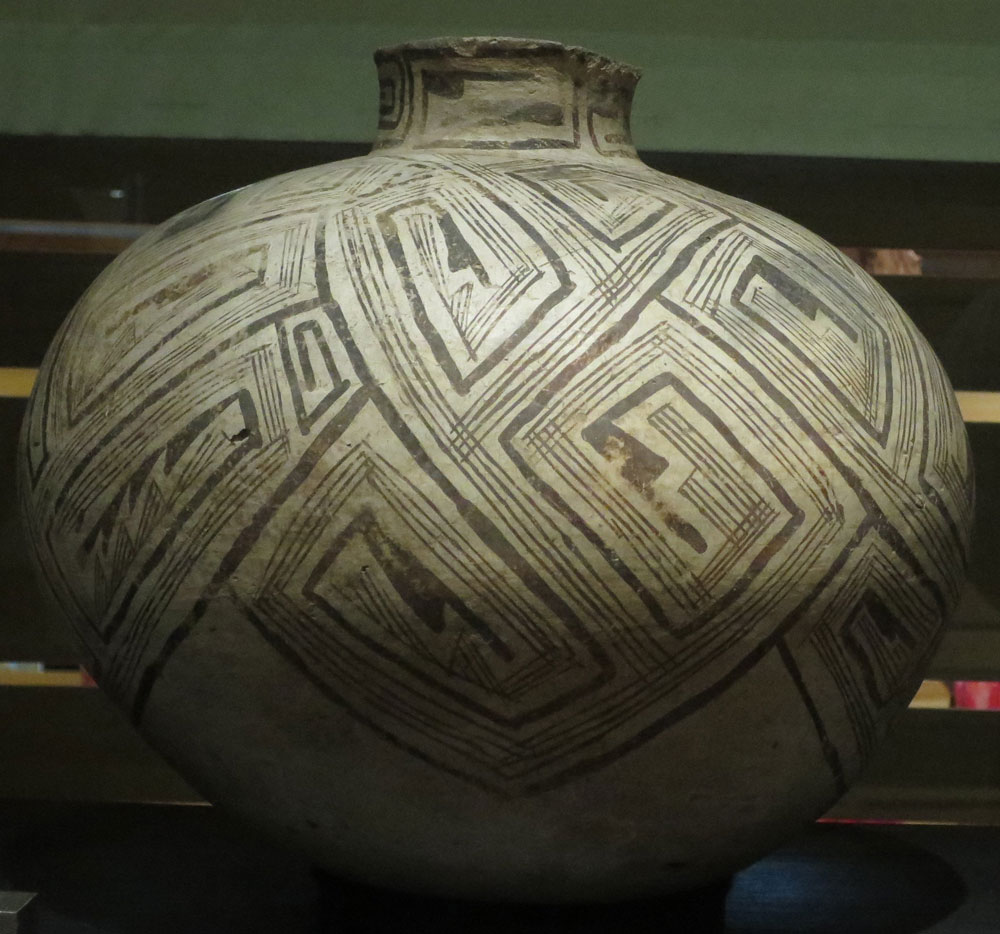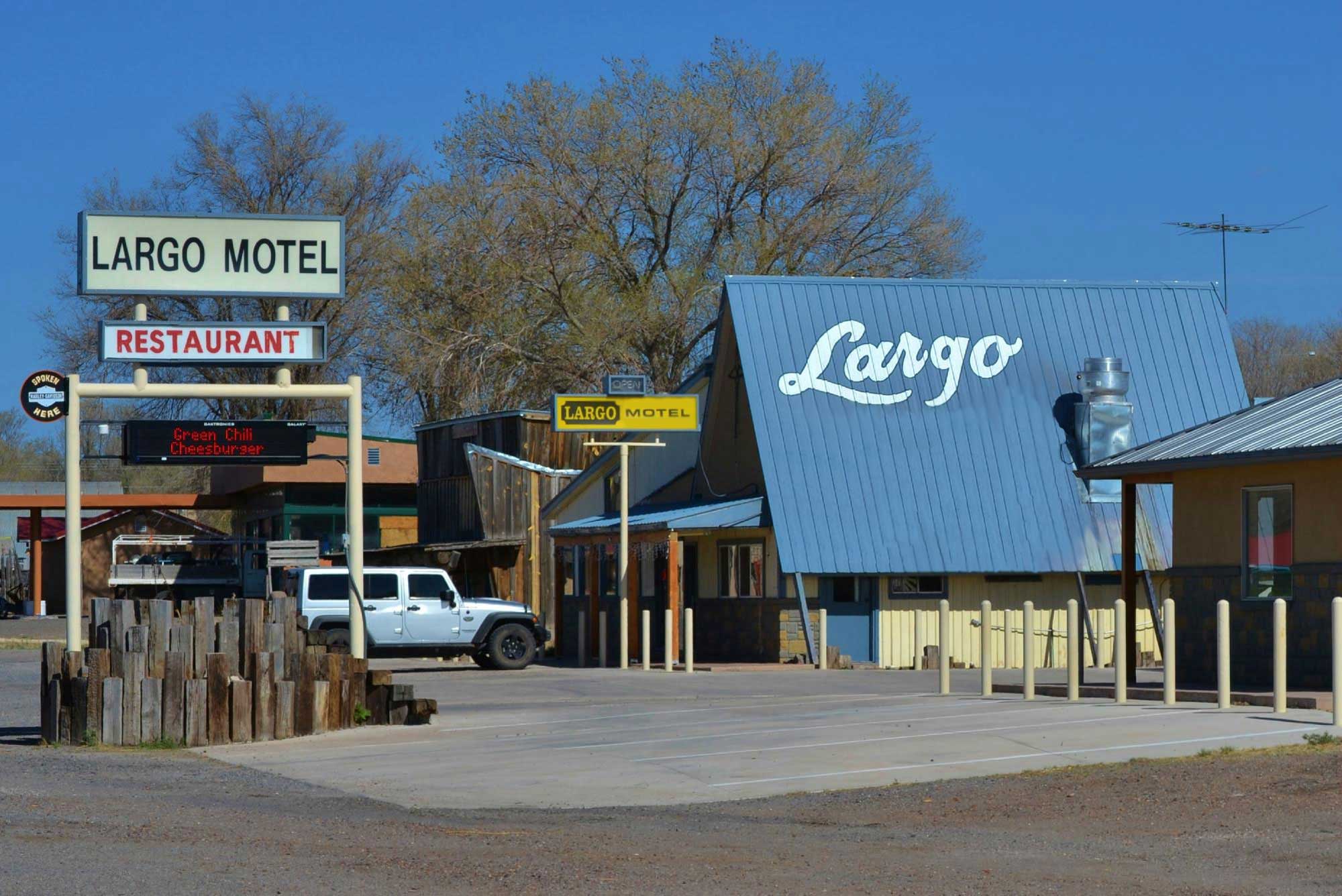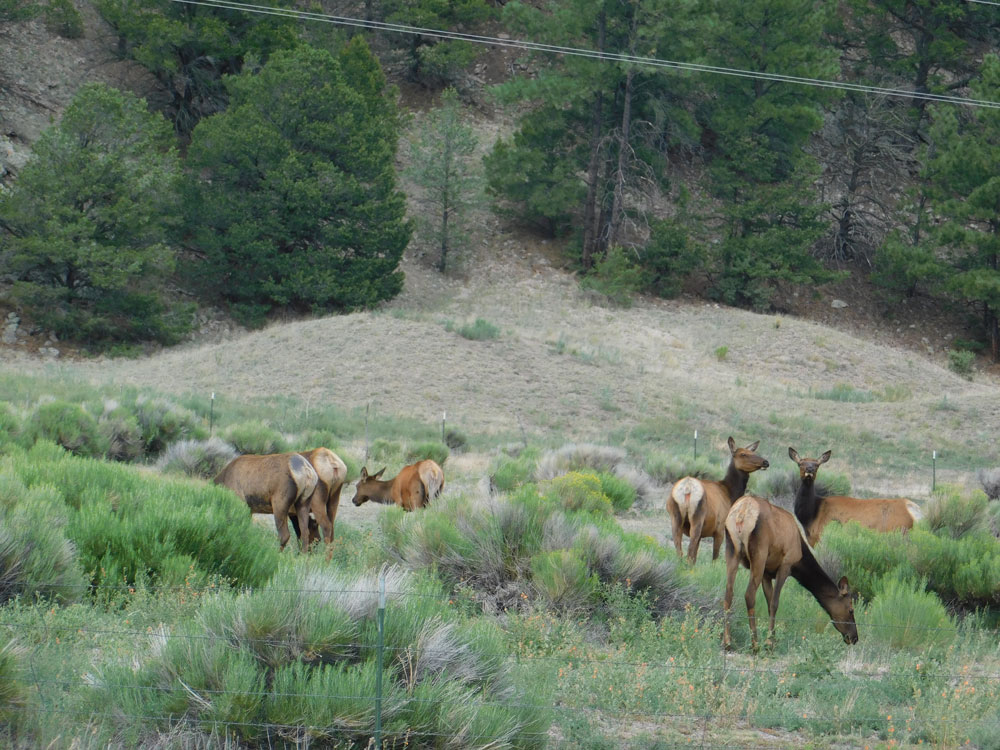Quemado, New Mexico Lodging | 3426 W US-60, Quemado, NM 87829
Motel:(575)-773-4262
Largo Motel, Quemado, NM
Gateway to Big Game Hunting & Fishing in Catron County, New Mexico!
Explore, Discover, & Lodge, In Quemado and Reserve, New Mexico!
Quemado New Mexico
Quemado (means "burnt" in English) was named by Spanish conquistadors due to the blackened stones that cover the earth. It was caused by a fire that preceded the arrival of the Spanish in the early 1500s and the carbon remains partially due to paltry rainfall in the region.
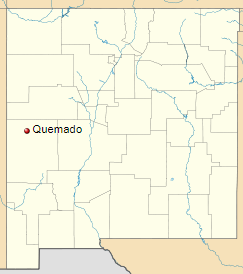
Quemado, New Mexico is centrally located to trophy elk & white-tail deer hunting, fishing, sight-seeing, and many other attractions. Here we will provide you with a bit of area information and we hope to see you soon!
Quemado Lake is located approximately 16 miles south of Quemado, NM, and is one of the best lakes for Trout Fishing, in the State!
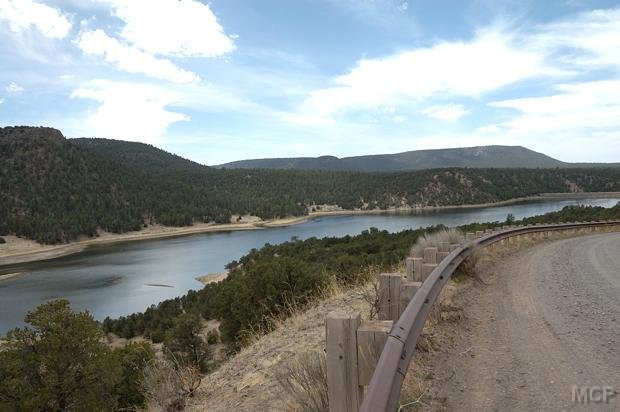
Quemado Lake Overlook Trail: The trail leads through stands of ponderosa pines. The trail dead-ends at a rock outcrop overlooking the lake. A bench along the trail is available for resting and lake viewing. From the overlook, panoramic views of El Caso Peak, Castle Rock, and Quemado Lake provide excellent photographic opportunities. The trail connects to two additional trails that access El Caso Lookout and Sawmill Canyon for extended hiking. Many birds inhabit the area.
The Walter De Maria's 1977 Art Installation & The Lightning Field is between Quemado and Pie Town, New Mexico
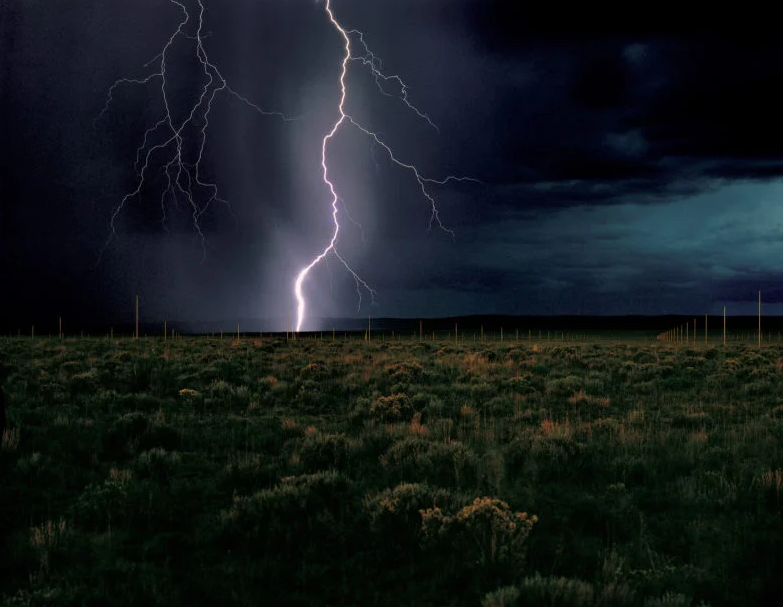
The Lightning Field is recognized internationally as one of the late-twentieth century's most significant works of art. Walter De Maria's Lightning Field consists of 400 stainless steel poles with solid, pointed tips, arranged in a rectangular 1 mile x 1 kilometer grid array in Catron County, New Mexico.
Click Here to read more
National Radio Astronomy Observation Very Large Array "VLA"
From the early 1960s at NRAO, astronomers knew they needed an array of radio dishes to complement the work of our giant, single-dish telescopes. An array is a group of several radio antennas observing together creating — in effect — a single telescope many miles across.

Coming from the I-40 or the I-25 and west of Socorro, NM, approximately 60 miles before arriving in Quemado, NM you will pass through "The Very Large Array." This is one of the world's premier astronomical radio observatories, consisting of 27 radio antennas in a Y-shaped configuration on the Plains of San Agustin fifty miles west of Socorro, New Mexico. Each antenna is 25 meters (82 feet) in diameter.
Click Here to read more
Reserve New Mexico
Reserve is a village in Catron County, New Mexico, United States. It is also the County seat of Catron County. Catron became a county in 1921. It was named after an attorney and political leader from Santa Fe, Thomas B. Catron.
In the 1860s, Mexican-Americans established a string of villages along the San Francisco River, naming them the Upper, Lower, and Middle San Francisco Plazas. In the late 1870s Anglo settlers began arriving. They renamed Upper Frisco Plaza as Milligan's Plaza, naming it after a merchant and saloon owner.
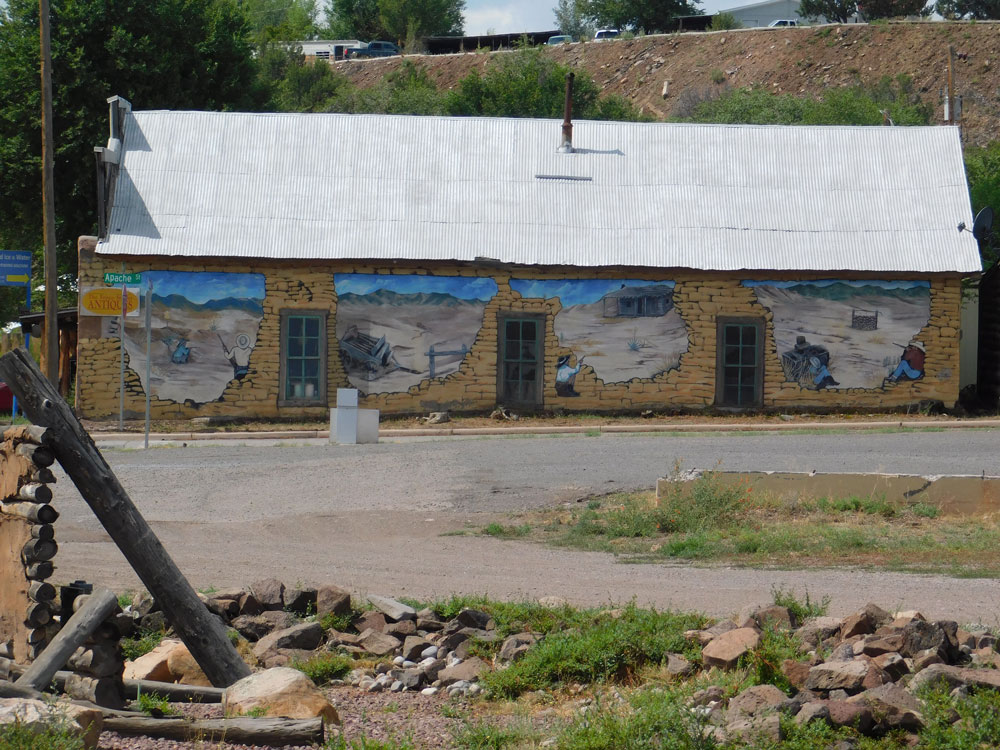
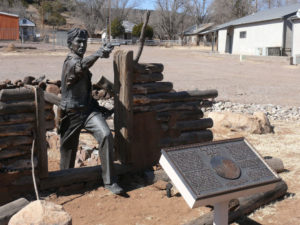
While lately characterized by its world-class elk hunting and the county’s outspoken resistance to federal lands policies, the bucolic Catron Country village of Reserve was once better known as the site of the fabled “Frisco War.” In a dramatic display of skill, spunk, and luck, an unimposing 5’ 7” Hispanic by the name of Elfego Baca instigated and prevailed in what was likely the most unequal gunfight in the history of the American West. Read More
This Ancestral Pueblo pottery type was named for the Reserve area, where it was first found, and is a major subdivision of the Cibola Whiteware group. Common designs are opposed solid and hatched motifs that are interlocked with each other. Usually, the hatching is diagonal, but parallel hatching in late examples occurs as well. Squiggle hatching may occur on some early examples. Usually the hatched motifs average two to four times as wide as the solid motifs but occasionally approach the same size. Framing and hatching lines are usually the same width. "Bulls eyes" are common in Reserve Black-on-White
